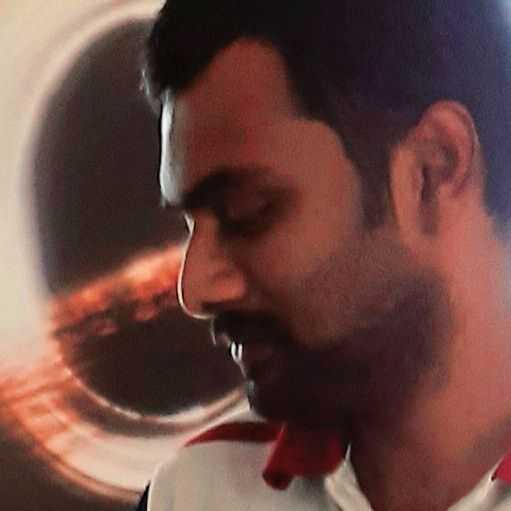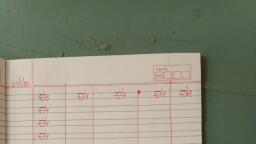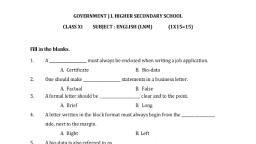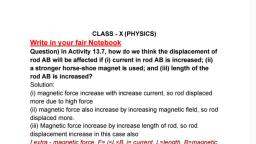Question Text
Question 1 :
Two capacitors of $1\mu F$ and $2\mu F$ are connected in series and this combination is changed upto a potential difference of $120$ volt. What will be the potential difference across $1 \mu F$ capacitor:
Question 2 :
Two capacitor each having a capacitance $C$ and breakdown voltage $V$ are joined in series. The effective capacitance and maximum working voltage of the combination is:-
Question 3 :
A parallel plate air capacitor is charged and then isolated. When a dielectric material is inserted between the plates of the capacitor, then which of the following does not change
Question 6 :
A parallel plate capacitor is charged and then isolated. The effect of increasing the plate separation on charge, potential and capacitance respectively are:
Question 7 :
If the circumferences of a sphere is $2\ m$, then capacitance of sphere in water would be:
Question 8 :
Two similar parallel plate capacitors each of capacity $C_o$ are connected in series, The combination is connected with a voltage source of $V_o$. Now separation between the plates of one capacitor is increased by a distance $d$ and the separation between the plates of another capacitor is decreased by the distance $d/2$ The distance between the plates of each capacitor was $d$ before the change in separation. Then, select the correct choice :<br/>
Question 9 :
A capacitance is formed by two identical metal plates. The plates are given charges $Q_1$ and $Q_2 (Q_2 < Q_1) $ . If capacitance of the capacitor is $C,$ what is the p.d. between the plates?
Question 10 :
$4\ \mu F$ and $6\ \mu F$ capacitors are joined in series and $500\ v$ are applied between the outer plates of the system. What is the charge on each plate ?













































